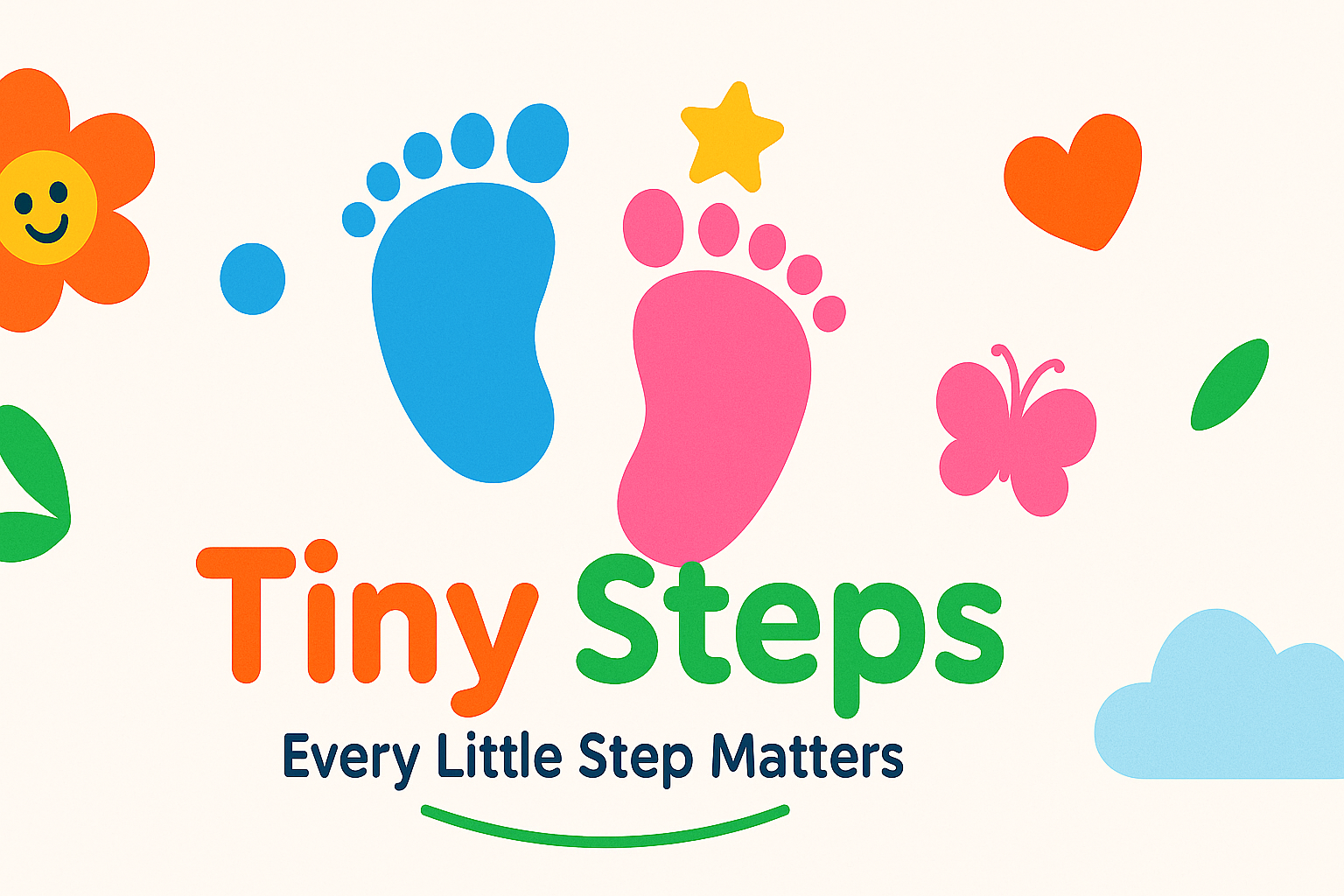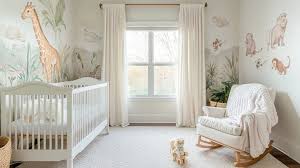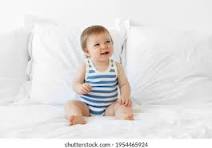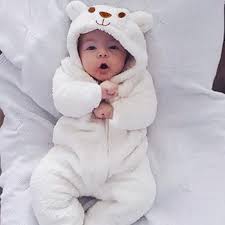Does Your Baby Really Need Shoes?
Many new parents wonder, “Does my baby actually need shoes?” Especially when your little one isn’t walking yet and spends most of the time in your arms, it’s a fair question. But as your baby grows and reaches new developmental stages, shoes play a more important role than you might think.
Contents
Why Babies Need Shoes (Even When Not Walking)
Even in infancy, your baby’s feet need protection and warmth. Soft-sole baby shoes made of breathable and flexible materials help protect tiny feet from cold, dirt, and rough surfaces. These shoes resemble going barefoot—something pediatricians often recommend for healthy foot development, but which isn’t always practical indoors or outside.
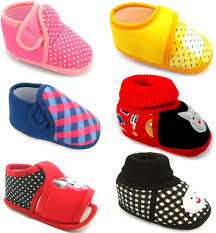
Types of Baby Shoes by Growth Stage
Soft-Sole Shoes (0–12 Months)
During the first year, moccasins or soft leather shoes are ideal. They offer warmth and light protection while allowing the baby’s feet to move naturally. Popular soles include smooth leather, suede, and rubber—each offering different traction and texture.
Pre-Walking and Crawling Stage (9–15 Months)
Once your baby begins to crawl or pull up to stand, more durable shoes become necessary. Look for shoes that are flexible, lightweight, and provide protection on the move. While style is fun, prioritize function and fit.
Walking Stage (12–24 Months)
When your baby starts walking, shoes become essential. Choose shoes with supportive soles, breathable materials like leather, and a proper fit. Poorly fitted shoes can interfere with foot development or lead to discomfort.
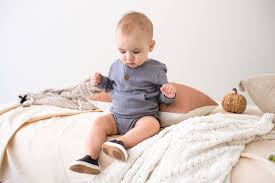
Material & Fit Matter
Leather is often the best material for baby shoes—it’s breathable, durable, and adjusts to the baby’s foot shape. Remember that sizes vary by brand, so always check the fit instead of relying solely on numbers. Kids’ feet grow quickly, especially in the first three years, so check shoe sizes every few months.
Quick Tips for Buying Baby Shoes
- Choose soft, flexible soles for early walkers.
- Ensure shoes fit properly and allow natural movement.
- Avoid stiff or rigid shoes—they can restrict development.
- Prefer breathable materials like leather or mesh.
- Check size and comfort frequently as your child grows.
From birth through the toddler years, shoes are more than fashion—they’re functional tools for protecting and supporting your baby’s feet. Choose wisely and focus on comfort and development over style, especially in those early years.
